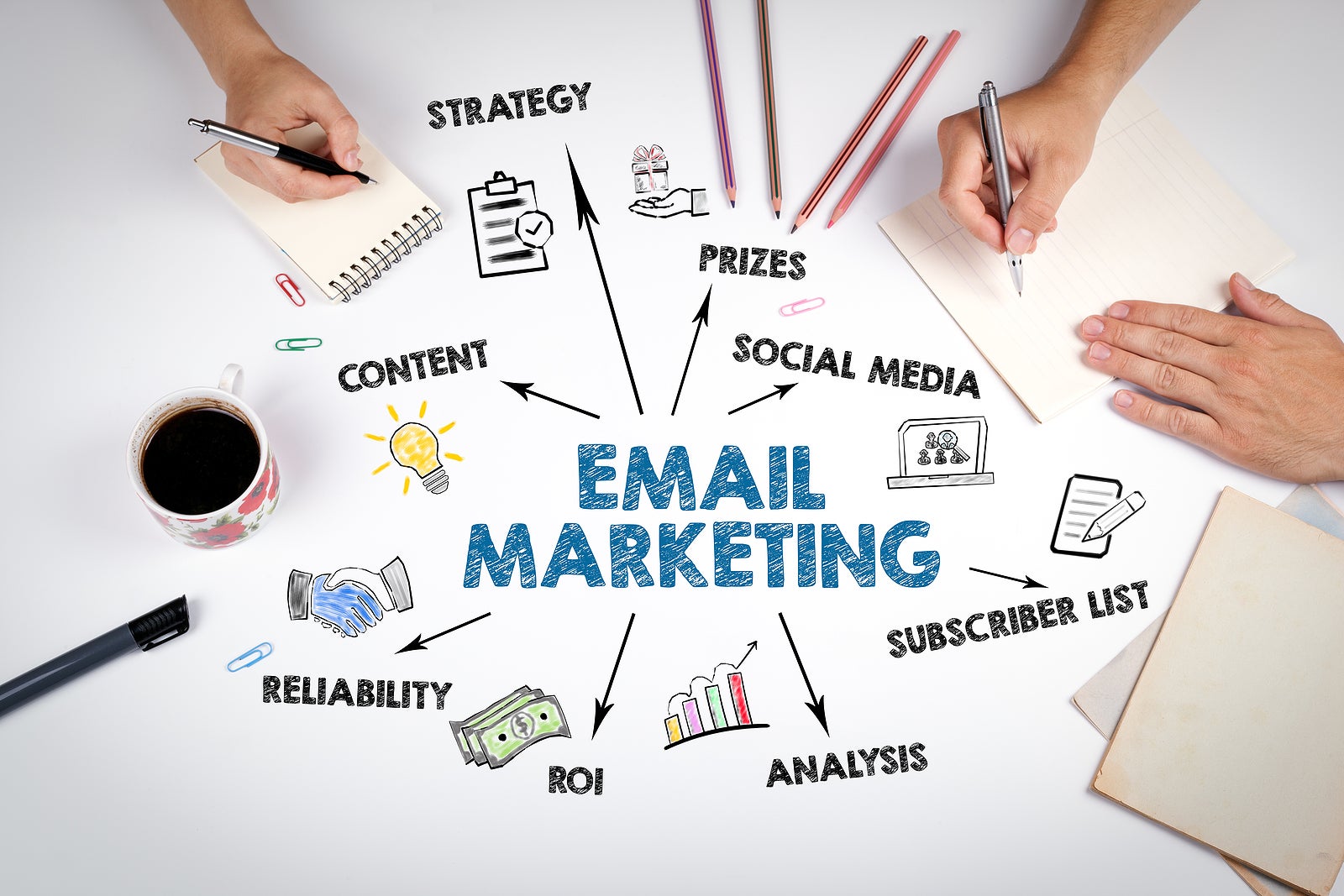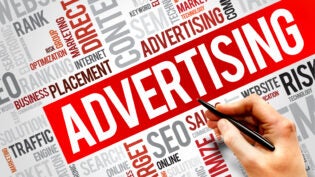
User-generated content (UGC) has become a reliable method for brands to build relationships with their customers.
Sourced from consumers and followers, UGC adds an extra dimension to marketing efforts by diversifying the type of content that brands share on their accounts.
By curating UGC, marketers also decrease the amount of content they need to create in-house – while also showcasing their real customers online.
While UGC has been a go-to for developing social media campaigns, this content generating method can also improve email marketing conversions.
Brands can dedicate one section of their newsletters for user-generated content to ensure that subscribers know that they can submit their content.
One important note for marketers to consider when soliciting UGC – before publishing any content, they must ask permission to use it or, at the very least, credit it.
And this goes for any platform where you source content from or post on—social media, emails, or websites.
Once that is sorted, you can follow any of the six ways to incorporate user-generated content in email campaigns.
1. Email contests

Contests are the best way to source content from users – they give consumers an incentive to share their images and videos.
And people love competitions – they are a fun way to engage with friends and family, and with brands.
Companies don’t have to offer huge or expensive prizes to make their competitions attractive – a simple prize works just as well.
Marketers often run UGC contests on social media to collect content—social platforms have a wide organic reach to a variety of audiences.
Additionally, both Instagram and Facebook make it easy to create contests that could potentially become viral.
But newsletters are also useful for sharing web-based competitions—emails are an excellent tool for promoting a contest and building more awareness around it.
For a contest being conducted via social media hashtags, marketers should include a post in their newsletter about the platforms for engagement, hashtags, and rules of the competition.
Don’t make the competition too complicated to enter – a simple form online should suffice.
It is important to remember that contests tend to receive a lot of attention and a large number of entries – while that gives marketers more options, not all entries can be used in newsletters.
Choose the images or videos that fit the brand’s visual appeal so that all content aligns with the company’s online presence.
2. Personalization
Over the past year, personalization has gained more importance in marketing circles, particularly within email marketing.
Newsletters and email correspondence are expected to be individualized to improve brand-customer relationships.
User-generated content can be a handy tool for improving the personalization of email campaigns.
Brands will already have created ideal customer profiles – a representation of the target audiences that would be most favorable towards the company.
With these profiles in hand, marketers can sift through the content sourced from users to choose the ones most relevant to target segments.
It is best to look at available analytics before embarking on this strategy – using data to power your content decisions will make campaigns more effective.
Marketers can parse through social media posts to find which are most popular. A similar method can be used for email campaigns to find the subject lines and content that works best.
Guided by this data, marketers can look to include UGC content that has already been sourced from contests in newsletters to have the desired effect.
Alternately, data can propel ideas for new campaigns to source more user-generated content that will appeal to audiences.
Exhibiting UGC that is targeted for subscribers will improve email open rates because recipients will be responsive to the messaging contained within.
3. Thematic content

We have mentioned how all the content received from a user-generated content campaign may not be brand-appropriate.
This requires a great deal of sifting on the part of marketers but the effort will be worth it if the content of the email feels relevant to subscribers.
Brands should not be posting content that is low-quality – such as poorly-taken images and videos, or reviews that require excessive editing – as it damages brand integrity.
But these pieces of content can easily be sorted through – to choose the ideal UGC that works for the brand, marketers will need to look at the high-quality content more closely.
A visual can look excellent but if it doesn’t add value to the brand’s image, then it can’t be used.
Curated UGC needs to align with the needs of email subscribers – while everyone loves looking at beautiful images, if it doesn’t share a coherent message, the image is worthless.
UGC also needs to match the brand’s tone and voice so that there is uniformity in the content shared – not only on social media but on websites and newsletters, as well.
Color palettes are particularly important in this regard – brand colors help with recognition which is why consistency in content color needs to be standardized.
To accurately curate user-generated content that can then be used across platforms, it would help if marketers shared some design and visual inspiration to their users.
Sharing past UGC campaigns with followers or posting similarly-themed images as a visual clue will increase the chances of getting quality entries that can add value to the brand.
4. User testimonials

Visuals have been a cornerstone of user-generated content but they aren’t the only type of UGC marketers can source.
User testimonials and reviews – though largely text-based – can have just as much impact on brand followings as images.
Since emails can also be text-only and still reach the intended audience, why limit UGC campaigns exclusively to visuals?
Though images and videos are attractive and can garner more attention, a strong text review or testimonial from a customer can be just as powerful.
The world we are currently living in has changed – to make a bigger impact on users, it helps to showcase how existing customers feel about the brand or product.
People are looking for ways to improve their lives and feel more comfortable in the current circumstances – those feelings can be assuaged with customer testimonials.
And by pairing these reviews with images of the customers, you create more impact on the recipient – these aren’t just pretty words about your product but the feelings of a real person.
It’s important to focus on how the brand’s products are adding value to a person’s life – images can convey that but it can still feel removed.
Adding a caption of a review from a client will give that image context, essentially telling the recipient that they can improve their circumstances just as this customer already has.
Of course, user testimonials need not only be text-based.
An infographic of testimonials with accompanying customer profile photos would be a powerful newsletter to send as part of a brand awareness campaign.
Video testimonials or brand explainer videos can be a great way to showcase real customer relationships with the company.
Dedicating one section to reviews in newsletters would be a great way to showcase the brand’s relationship with customers – it will also boost open and click rates.
5. Retargeting customers
Customer acquisition is an important part of marketing, but the majority of regular sales are channeled through repeat customers.
This makes retargeting consumers a priority for marketers, not only on social media and landing pages but also via email marketing campaigns.
Email marketing consistently delivers high ROI which makes it the ideal tool for retargeting customers.
Data gleaned from site visitors to landing pages or product pages will help marketers understand which customers are buying from the brand consistently.
Newsletters can be designed with user-generated content featuring products that these select customers will find most appealing.
UGC images and videos of users applying the product to their real lives – alongside a testimonial – will encourage email recipients to buy again.
Marketers can also learn which customers are abandoning their carts before completing purchases so they can be sent an abandoned cart email encouraging them to fulfill the order.
Giving the products – and the brand as a whole – a human face and personality will help to improve sales from email marketing.
6. Content communities

Jumping off from retargeting shoppers, another way that user-generated content can benefit brands and the bottom line is by building content communities.
It is no longer enough to sell products and services to customers. Brands don’t exist in a vacuum – they belong to a larger community of followers, fans, employees, and customers.
Building a community online will make sourcing UGC a more streamlined process—your subscribers will know the kind of content you are looking for and create it accordingly.
This makes creating UGC-powered newsletters easier while also welcoming sales prospects.
By sourcing community content, you share with your clients the products that are already in demand—this allows you to tap into the feeling of FOMO or fear of missing out.
With community content, marketers essentially tell customers that certain products are selling fast – they do this by showcasing customers using those products.
Instead of looking at what customers have yet to buy to get them to purchase items, you list out what is already being bought and tell people why they should buy it.
This can only be possible if brands have a community to tap into that will help them capitalize on the feeling of FOMO.
Conclusion
User-generated content is a great way to beef up email campaigns and to encourage more sales from customers.
By adding materials created by existing customers, brands help showcase their products in real settings while also building an atmosphere of trust that will translate into more clicks and sales.
The six ways of incorporating UGC in email marketing listed above will make brand newsletters more impactful, leading to higher revenues and long-lasting customer relationships.
Author: Ronita Mohan is a content marketer at Venngage, the online infographic maker and design platform. Ronita enjoys writing about content marketing, email marketing, and design.













